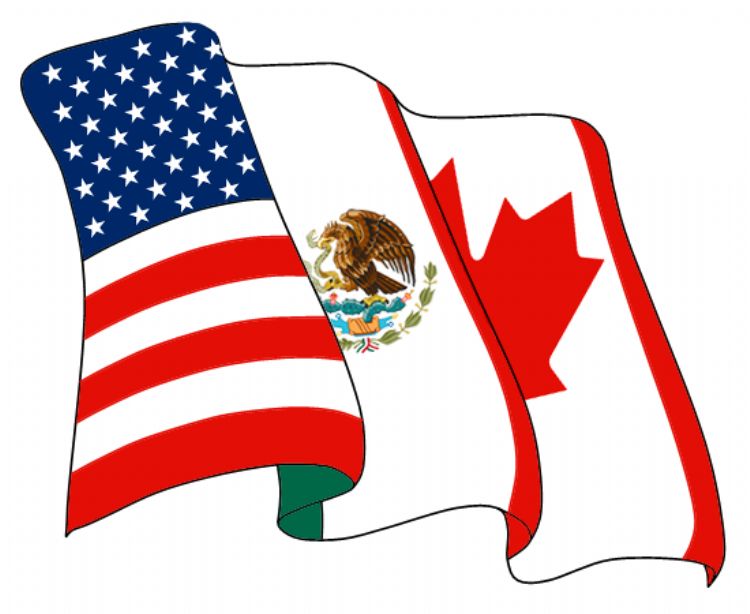
Free Trade Agreement Mexico - European Union
Read more

Traces of nomadic tribes which existed as far back as 12,000 years have been found in the territories of the present-day Mexican state of Puebla. As human civilization developed, discovered agriculture, turned to a sedentary life, then trade, irrigation systems, the building of temples and whole cities, many groups with a strong cultural identity settled and consolidated throughout the state of Puebla. Thus, the north was inhabited by the Totonacos, Mazatecos and Otomies; the Toltecas established in Cholula; the central zone was home to the Nahuaas and Olmecas; and the Mixtecos took hold of the regions of Tepexi, Acatlan, and Chiautla.
During the XIV and XV centuries the state saw permanent wars between the different domains or señorios. When the Hernan Cortez and his cohorts reached this central part of Mexico, Tenochtitlan had control over the central and southern parts of the state, while Texcoco controlled the north. On his way to the great capital of Tenochtitlan, the Spanish invader reaches Cholula in the year 1519 and produces nothing short of a massacre.
On June 1520, Cortez and his army are in fact defeated by the Mexicas in the capital of their empire, a situation that was not to last for very long, as the Nahuas joined the Spaniard forces in revenge against the Aztec empire, contributing so to the eventual fall of Tenochtitlan to the Spanish Crown on the 13th of August 1521.
Along with abuse, slavery, humiliation, and the lost lands, came the Franciscan friars to begin yet another conquest, the spiritual one. They built their first convent in the state location of Huejotzingo, after which they are joined by the Augustinian monks who start building their own religious infrastructure.
The city of Puebla de los Angeles is founded in the year 1531 in a place previously called Cuetlaxcoapan, only to be renamed as Puebla de Zaragoza in honor of national hero Ignacio Zaragoza, who died in the capital city in 1862.
In the year 1784, with the approval of King Charles the III himself, the province of Puebla is officially created. In 1892, the state looses the regions of Cuautla-Amilpas to the state of Mexico; and then the state of Tlaxcala, the territories of which were also part of Puebla, becomes an independent entity in 1793. Only to be followed by more loss of land, as Tlapa and Iguala join the state of Guerrero in 1849, and Tuxpan is annexed to the present-day state of Veracruz in 1853.
During the Mexican war of independence in the year 1810, troops led by priest Jose Maria Morelos take hold of a large portion of the state of Puebla, despite the presence of an organized Realist contingent in the capital city. As the struggle finally comes to an end, the state begins its long journey towards economic development through the installation of the mechanized textile industry. The Union Congress, celebrated in 1824, officially confirms the sovereign and independent state of Puebla de los Angeles.
The North American invasion into Mexico during the dictatorship of general Antonio de Santa Anna, implied the siege of the capital city for almost a year, though the invading forces exerted a non-violent control over the population, which in turn opposed little resistance. Invaders eventually withdrew, not before Mexico relinquished almost half its territory in the year 1848.
Unfortunately, the Puebla inhabitants were not to enjoy freedom for much longer, as French forces reached the state through San Agustin del Palmar. The gradual progress of the new invaders into Mexican soil required a quick and brave response from the Federalists, who actually obtained a victory, albeit a temporary one, as in the year 1864, on his way to the nation's capital, emperor Maximilian of Habsburg makes a triumphant entrance into the city of Puebla. Some local republicans from the northern sierra stood out during these difficult times, including Juan Nepomuceno Mendez, Juan Crisostomo Bonilla and Juan Francisco Lucas.
The rail-road system reaches Puebla in 1873 during the government of president Benito Juarez; six years after a teacher school is founded, and a hydroelectric plant is installed in 1907.
At the beginning of the 20th century, social conditions were ripe for the ignition of the Mexican Revolution in Puebla, just as it was in many industrialized states around the nation. The working class demanded better labor conditions and fair salaries. During the dictatorship of Porfirio Diaz, the Aquiles Serdan family of Puebla was one of the first to actively and fiercely oppose any further re-elections in favor of the Porfiriato.
In the year 1910, once the revolt had began, the rebel Zapatist army fought and gained control of most of the state.
The state of Puebla has been the cradle for various Mexican presidents, among them Ignacio Comonfort, who ruled for just a month and a half before his period was interrupted by the coup organized and carried out by the Tacayuba Plan; Manuel Avila Camacho, sworn in office in 1940, and who actually sent a national squadron to fight along the allied forces during the second World War; and finally, Gustavo Diaz Ordaz is elected president in 1964 and focuses on reinforcing a pacifist position of the nation before the world, insisting on non-violent solutions to conflicts, even though in his own land he had been held responsible for the killing of students in Tlatelolco on October the 2nd 1968. His eagerness to contain the protests and student strikes had to do, allegedly, with the imminent celebration of the XIX Summer Olympics to take place in Mexico City later that year.

Free Trade Agreement Mexico - European Union
Read more
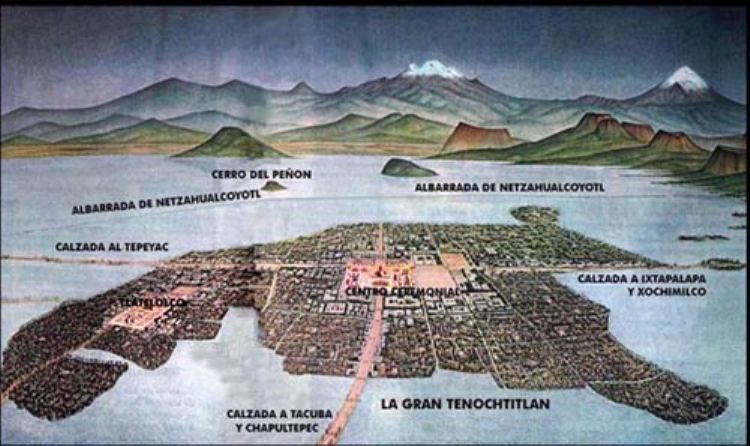
Europe became very interested after the discovery of Amer...
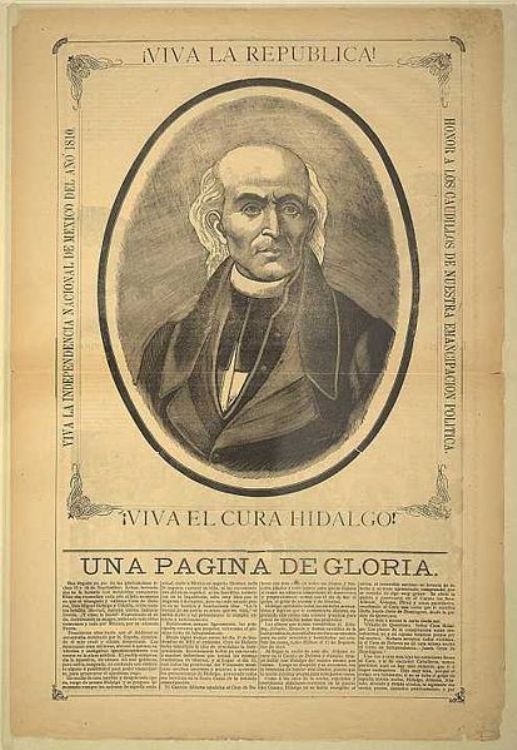
Miguel Hidalgo is one of the most recognized characters i...
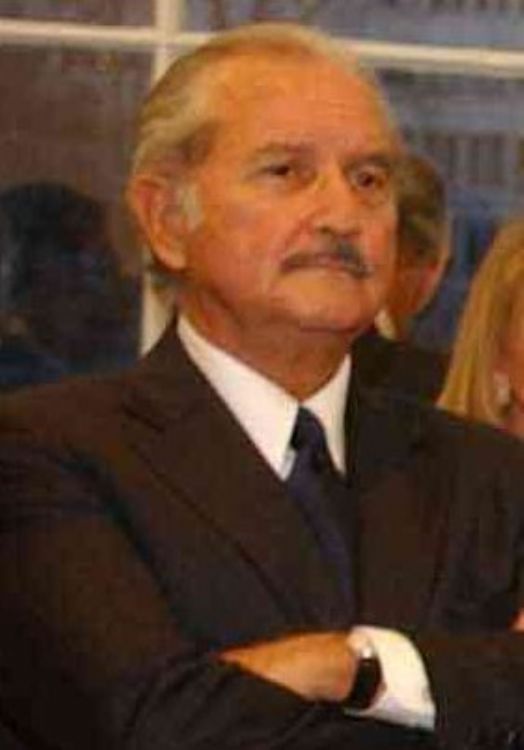
The son of diplomatic parents, Carlos Fuentes was born in...
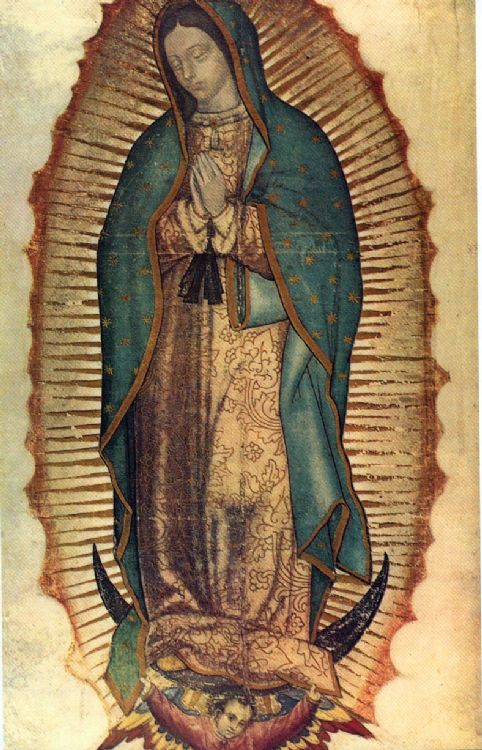
Mexico is an officially secular country where the Church ...

Even though agriculture in Mexico occupies a minor role i...
.jpg)
Mexico offers mountain climbers tempting peaks to explore...
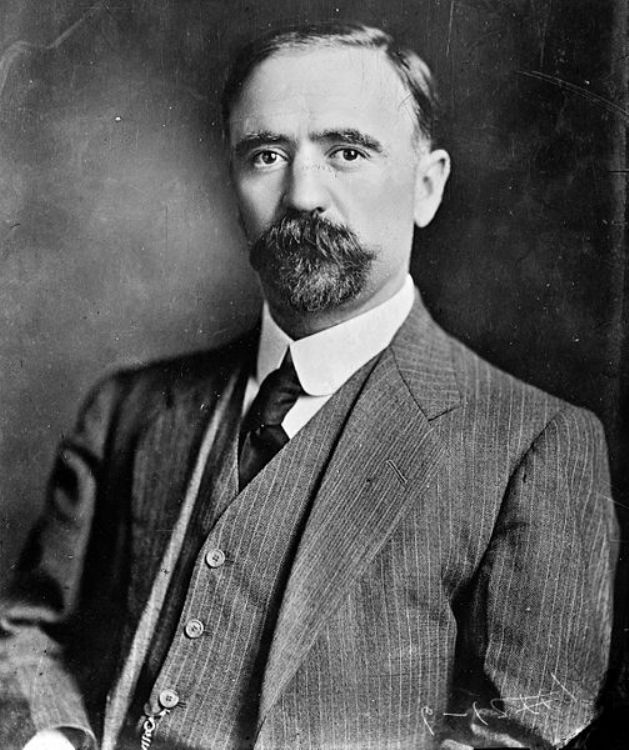
He was born on the 30th of October 1873 at Hacienda el Ro...
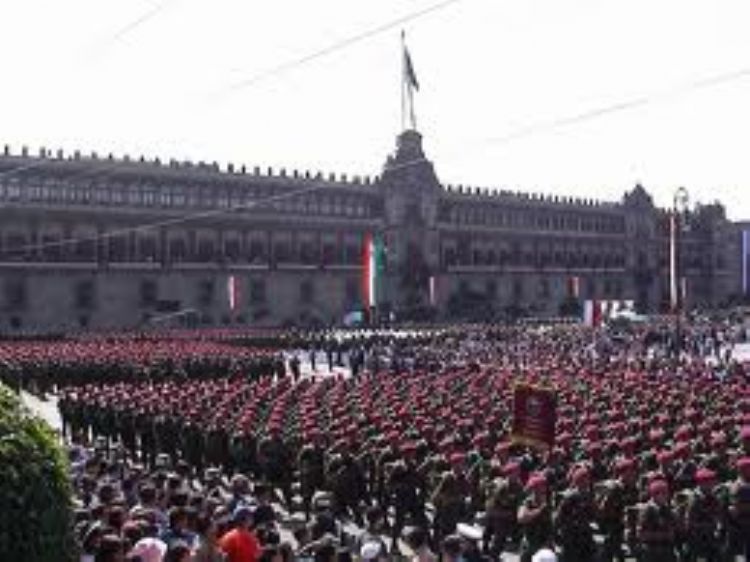
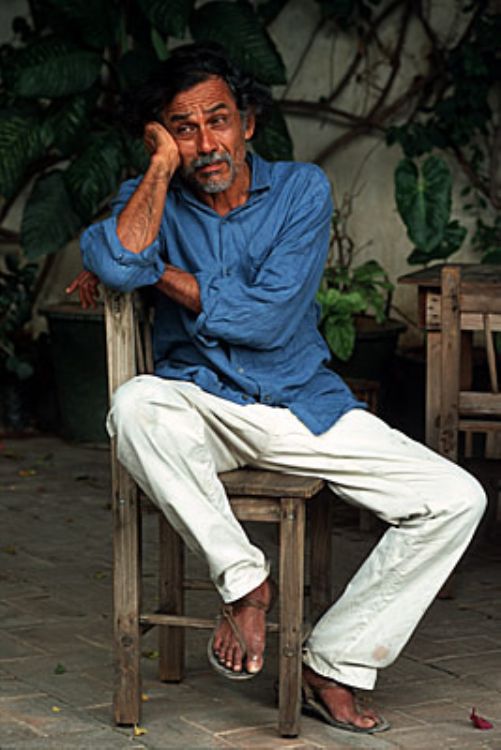
One of the representative figures of Oaxacaâs art is Fr...
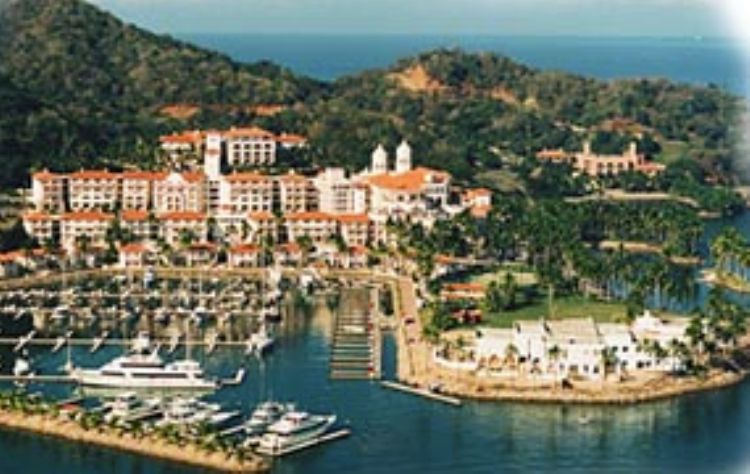
Barra de Navidad is a population with fishing origins who...